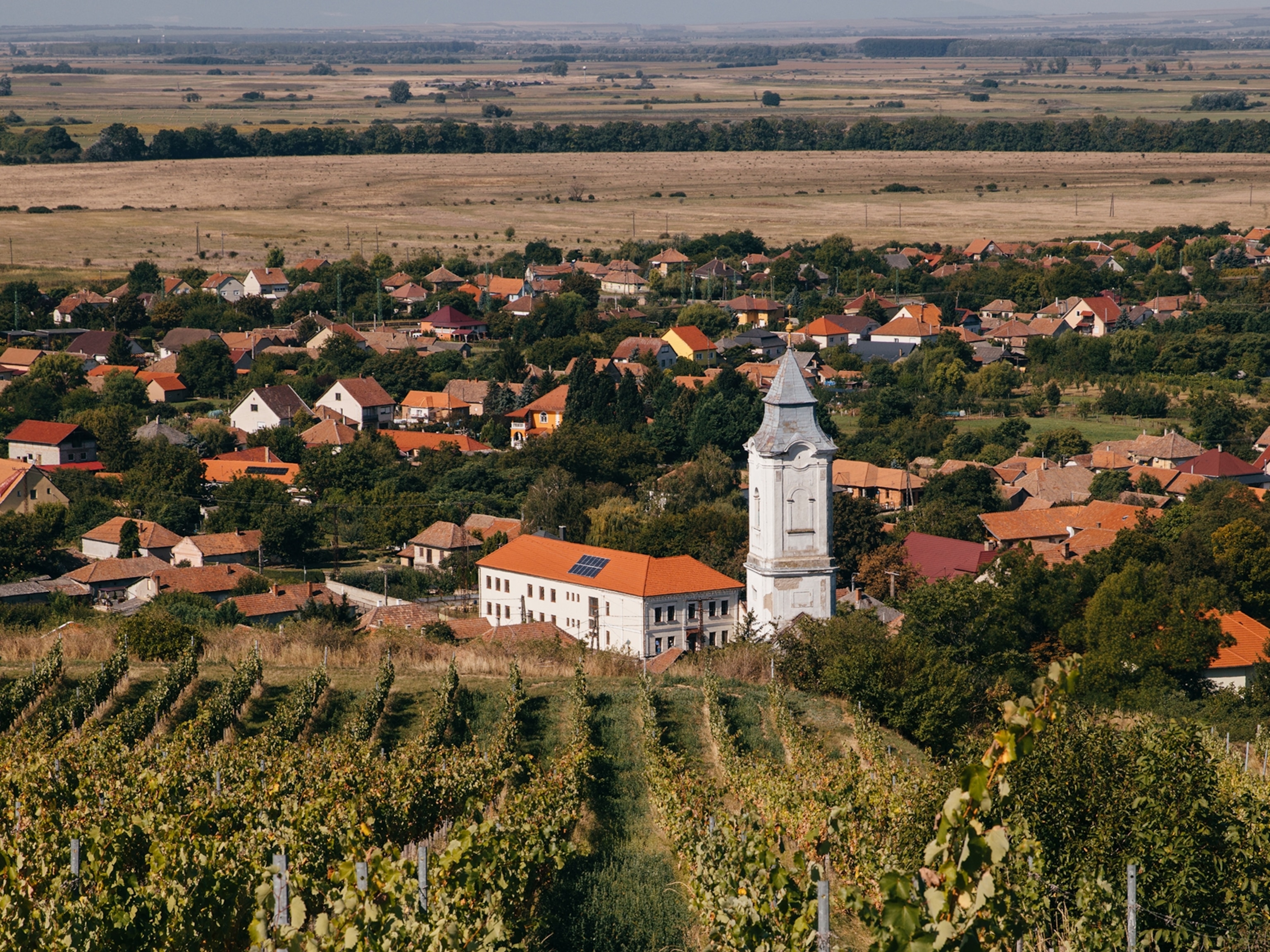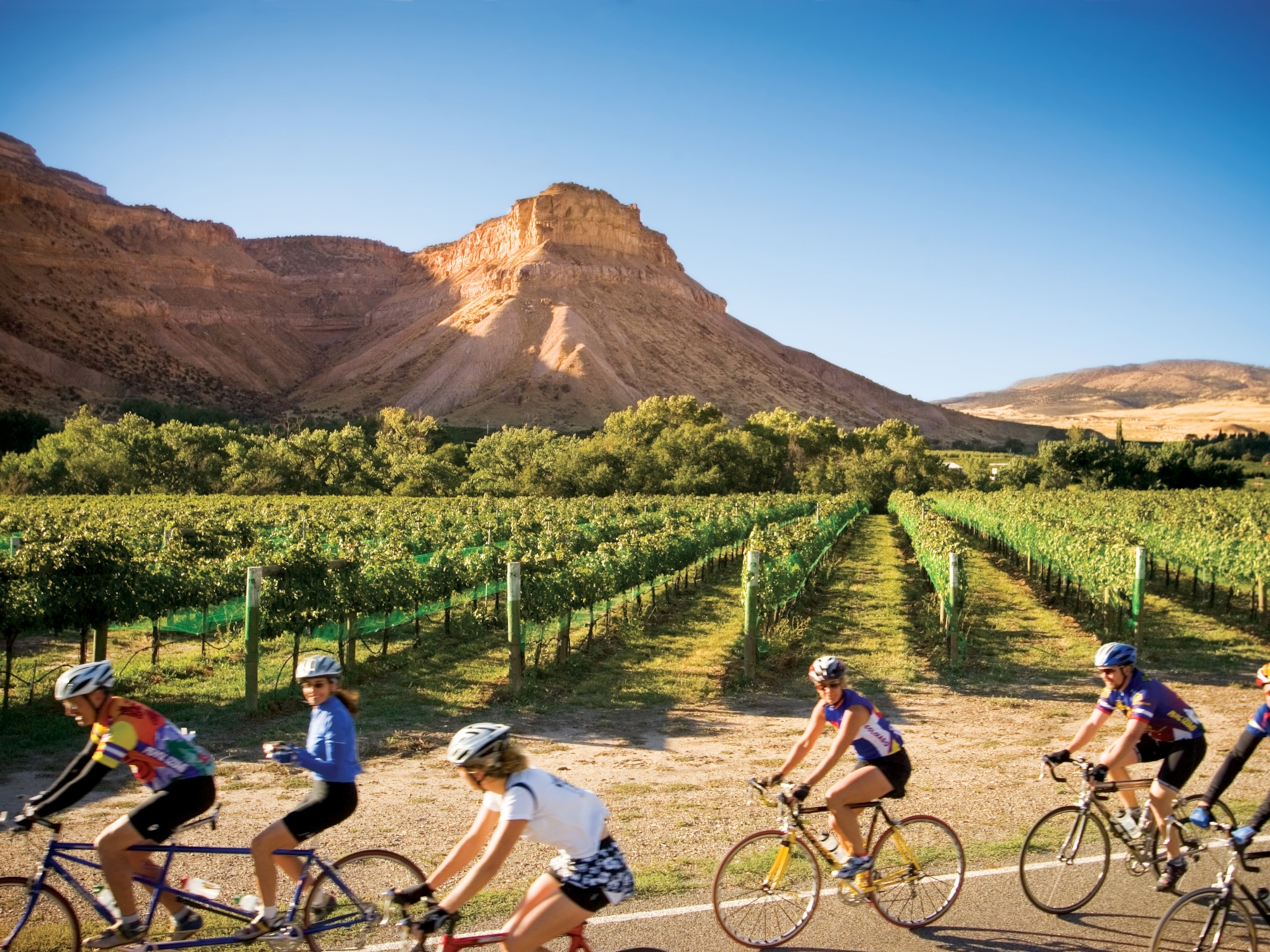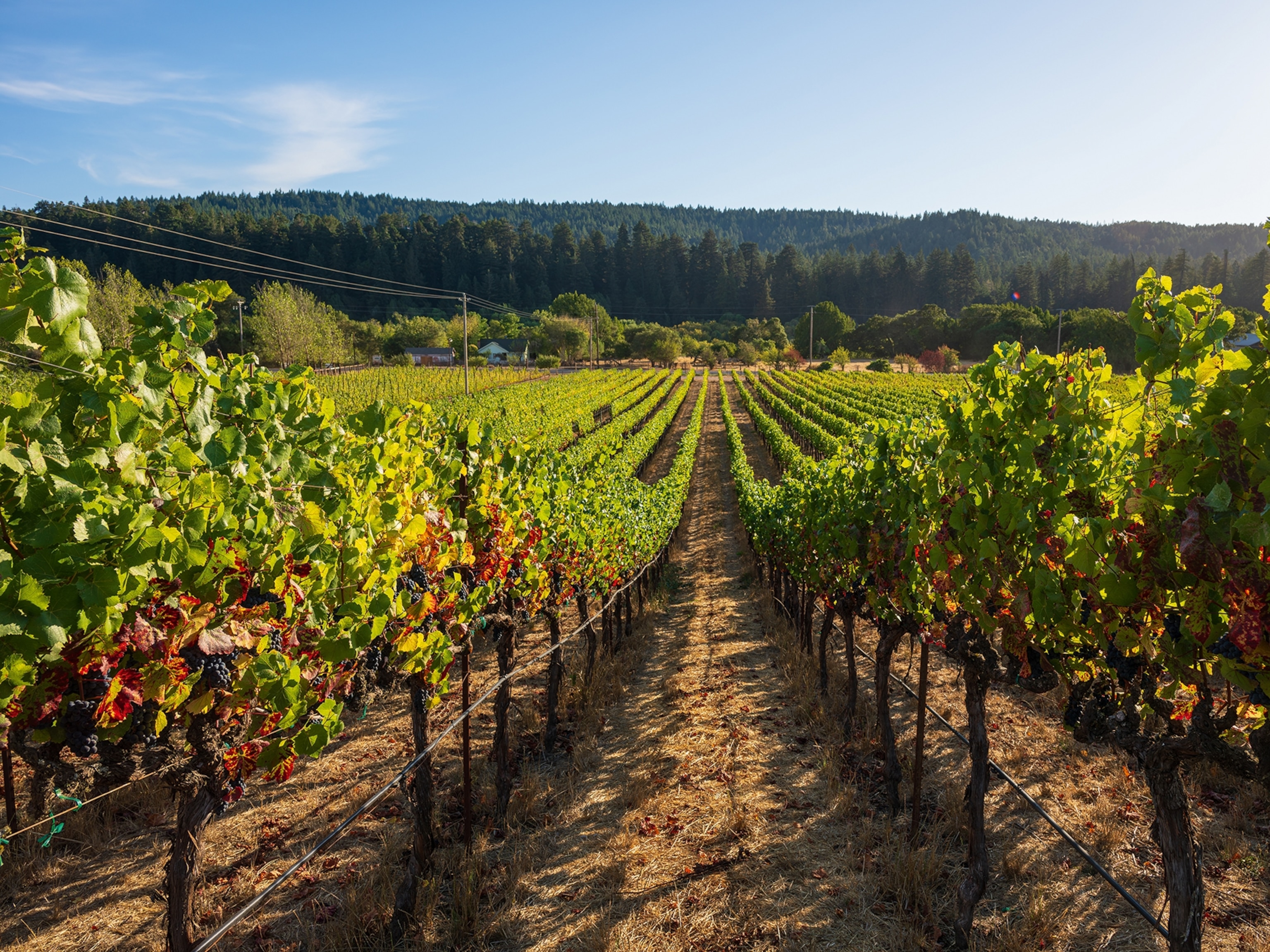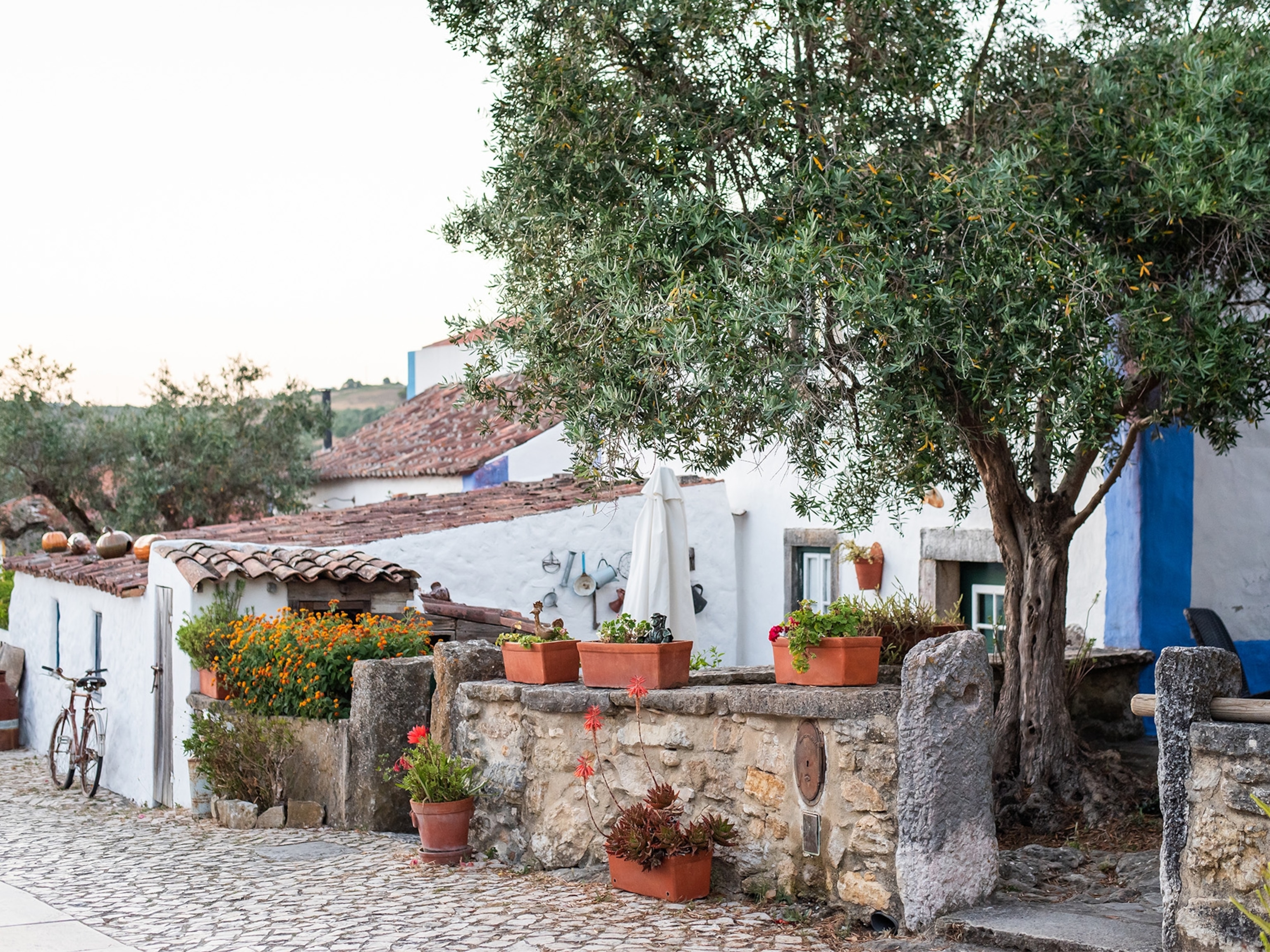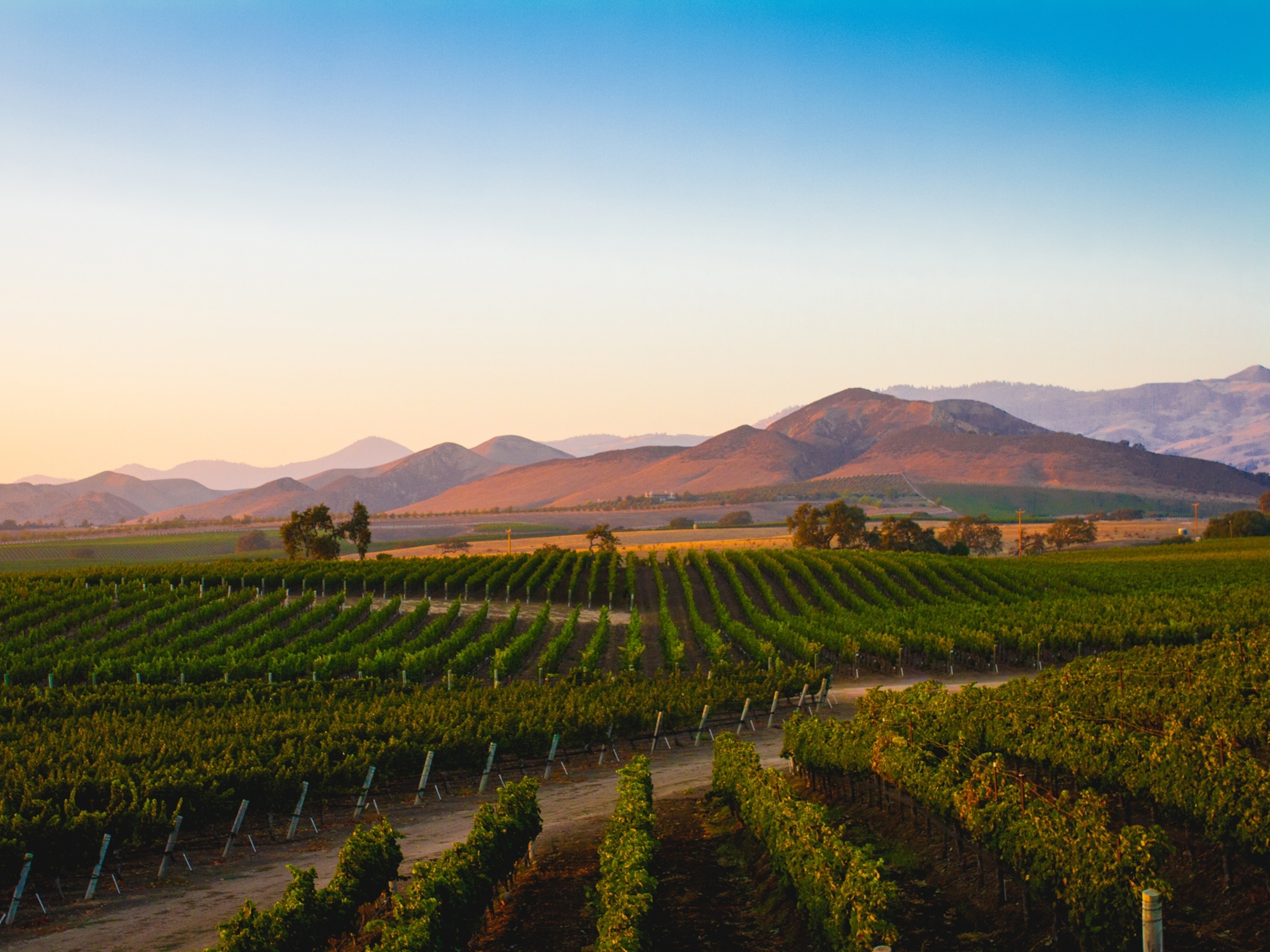Savor the bounty of Slovenia's wine regions
Discover ancient traditions and idyllic landscapes on a Slovenian tasting tour.
Head to Slovenia’s Primorska wine region and you’ll likely find yourself reaching for a map. Staring out over the corrugated rolling hills, interrupted only by the occasional cluster of red-roofed houses, it’s easy to imagine you took a wrong turn and accidentally stumbled into Italian wine country.
Slovenia and Italy share the same mineral-rich seam of soil that makes for great grape growing. The primary difference between the two wine regions is that Slovenia remains refreshingly unexplored. Whether you’re a wine-buff, casual drinker, or simply a curious traveler, Slovenia is the spot to discover off-the-beaten-path wineries and exciting new varietals.
After hiring a car in the capital, Ljubljana, I head west towards the Italian border and the sleepy hamlet of Višnjevik. Tucked away in the heart of the Brda hills, Višnjevik is part of the Primorska wine-growing district, one of three lining Slovenia’s borderlands. While the other two—Podravje in the northeast and Posavje in the south-eastern corner—are renowned for elegant whites and flavorful reds respectively, I am eager to sample some of Brda’s drier varietals, many of which are gaining notice on the international stage.
Within 90 minutes of leaving Ljubljana, I’ve gone from a bustling European capital—with its cafes, galleries, and buzzy riverside bars—to a landscape of sculpted terraces. Along the way, the scenery becomes increasingly undulating, as I venture further off the beaten track and enter a world of peaceful hilltop villages strung together by narrow country lanes.

It’s one of those made-for-Instagram backdrops sure to fuel your wanderlust. Around every corner, I pull over to take more photos, the scenery becoming increasingly picturesque as the road rises higher. By now it is late afternoon, the shadows lengthening and sun softening to bathe everything in the warm, golden glow of the photography “magic hour.”
Parked on the edge of Višnjevik, I stand on a ridge between two vineyards and soak in the view. In the distance to my left lies the Gulf of Trieste, a thin blue strip flowing out to the Adriatic. On my right, the jagged peaks of the Julian Alps soar up to scrape the sky. The only sounds disturbing the meditative quiet are a tractor rumbling somewhere across the valley and the rhythmic orchestra of the cicadas hidden in the long grass.
While Slovenia may be relatively undiscovered compared to mainstream wine regions of Italy, France, and Spain, its rich viticulture heritage stretches back thousands of years. Centuries before the Romans arrived, Illyrian tribes cultivated vines and crafted wines here. Even today, locals use traditional techniques, handed down through the generations.
At one Višnjevik winery, I see special batches of wine aged in ancient clay amphorae (two-handled and narrow-necked jars), which are sunk into the ground. Occasionally, the jars are unearthed and the contents are stirred to aid fermentation.
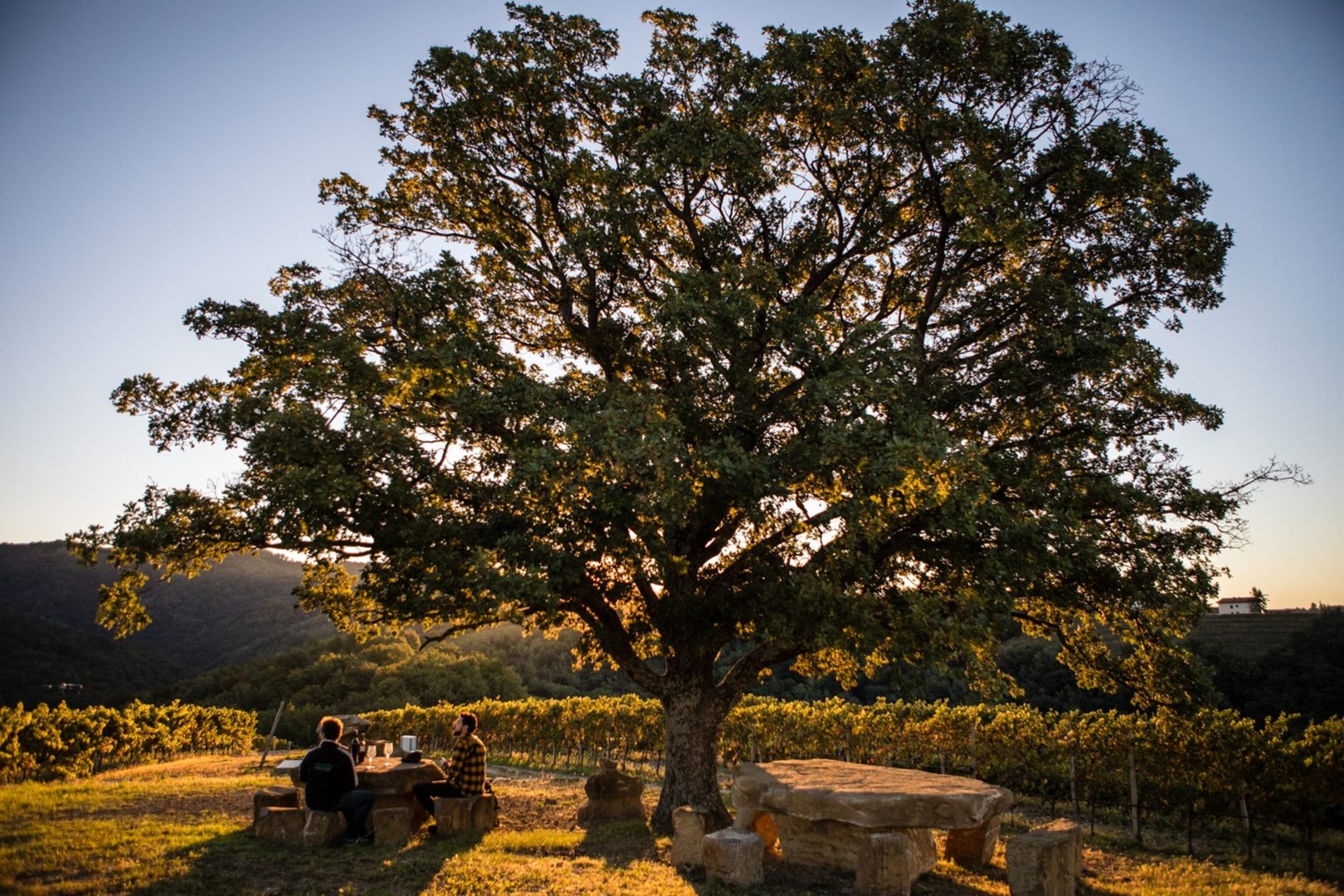
Nearby in the same cellar sit rows of modern stainless-steel vats. The precious liquid in these gleaming containers is constantly monitored for taste and temperature during fermentation, and is transferred into old wooden barrels for aging.
The result of this harnessing of old and new—of nature and technology—is an growing number of well-respected wines, many organic, emerging from Slovenia. Višnjevik alone is home to wine producers who export to the United States and China, as international palates become more sophisticated and as word spreads about Slovenian varietals.
One day in the not-so-distant future, the Primorska wine region will be a travel hotspot for savvy wine connoisseurs. Yet, all that seems a long way away as I blissfully end the day sitting on a terrace sipping a cool, crisp glass of Slovenian white.
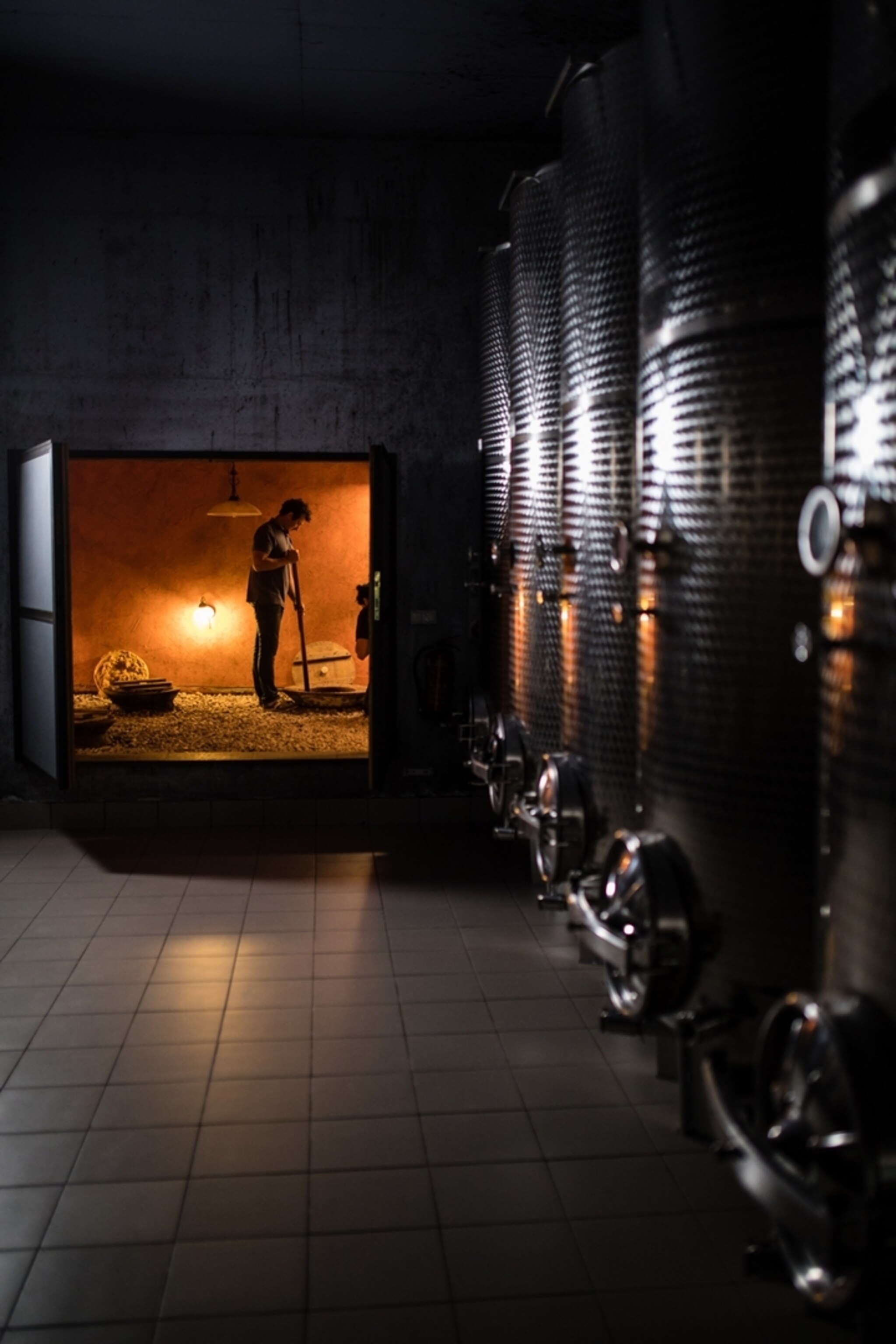
Following the footsteps
After a day spent exploring Slovenia’s wine regions, head back to Ljubljana and book a table at JB Restaurant, where chef, Janez Bratovž has created a menu based around the four elements—earth, water, air, and fire. Traditional dishes like slow-baked lamb are paired with local wines expertly selected by sommelier (and Janez’s daughter), Nina.

